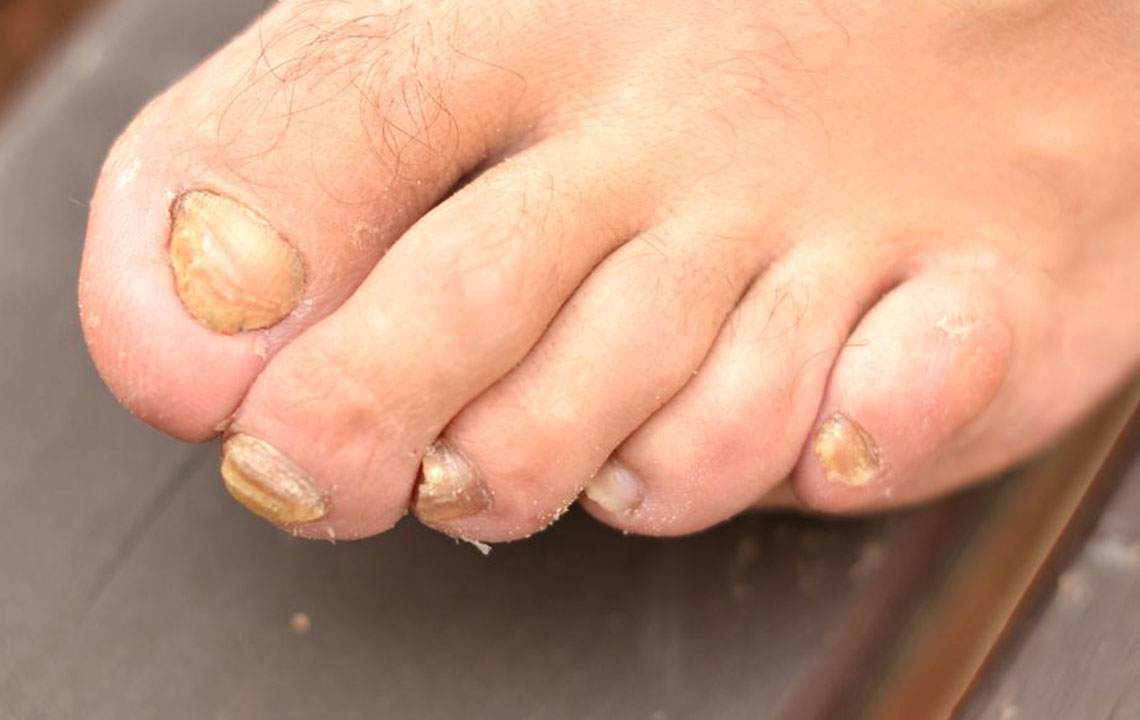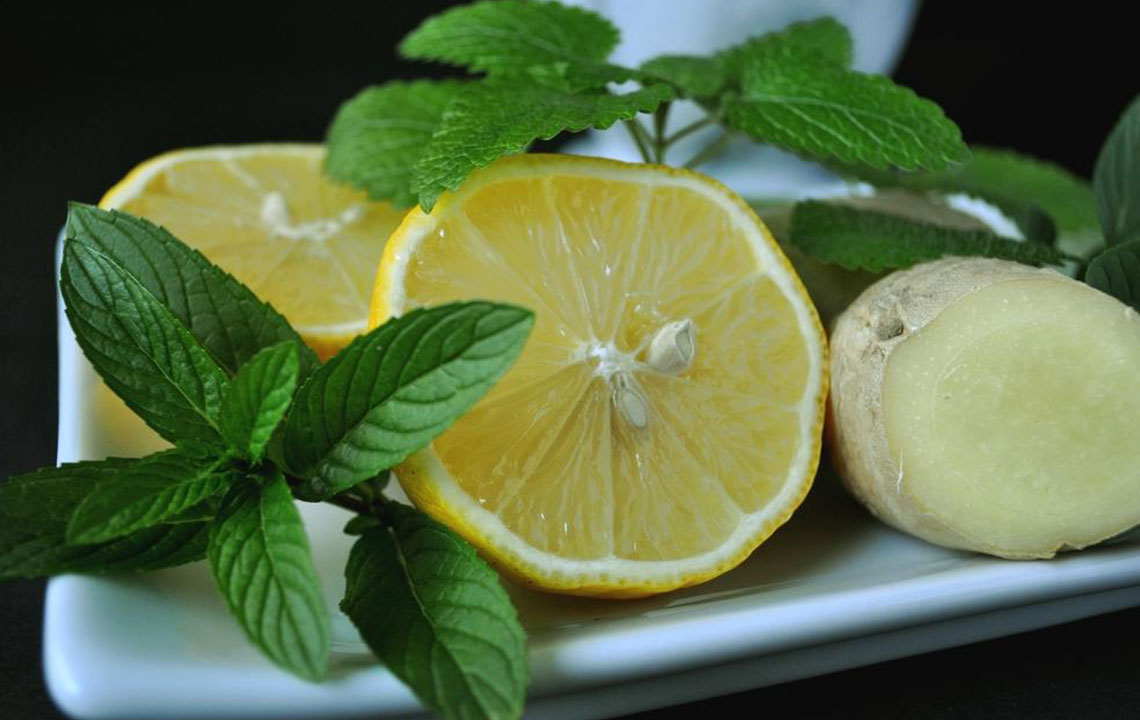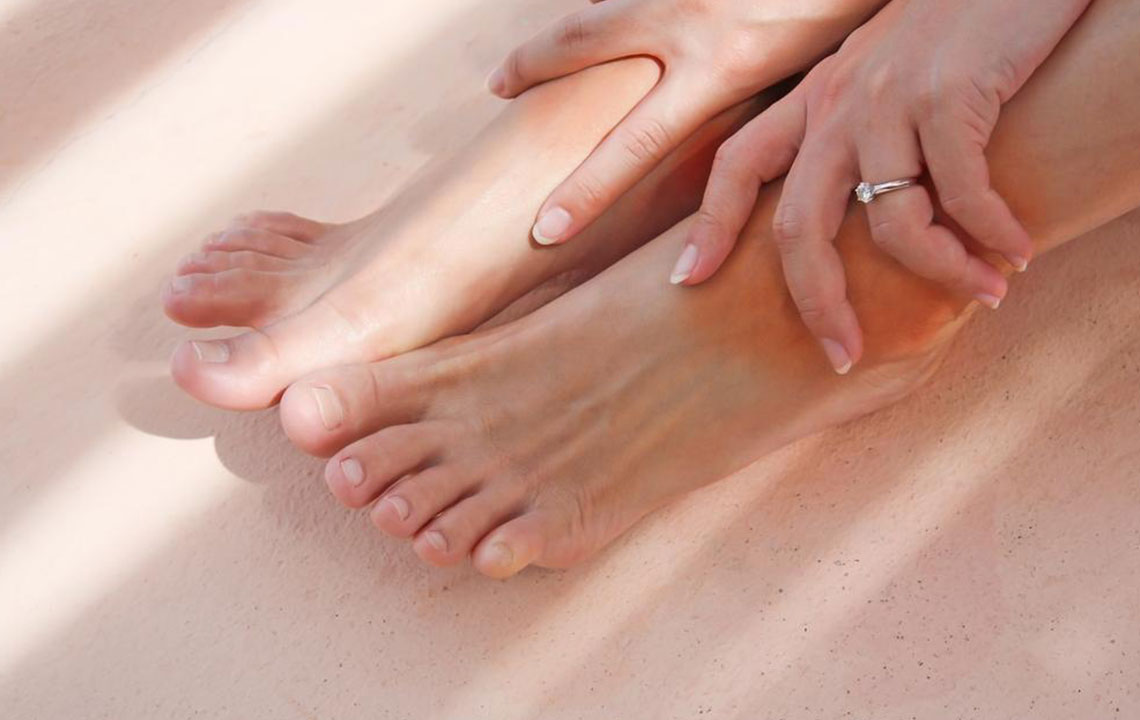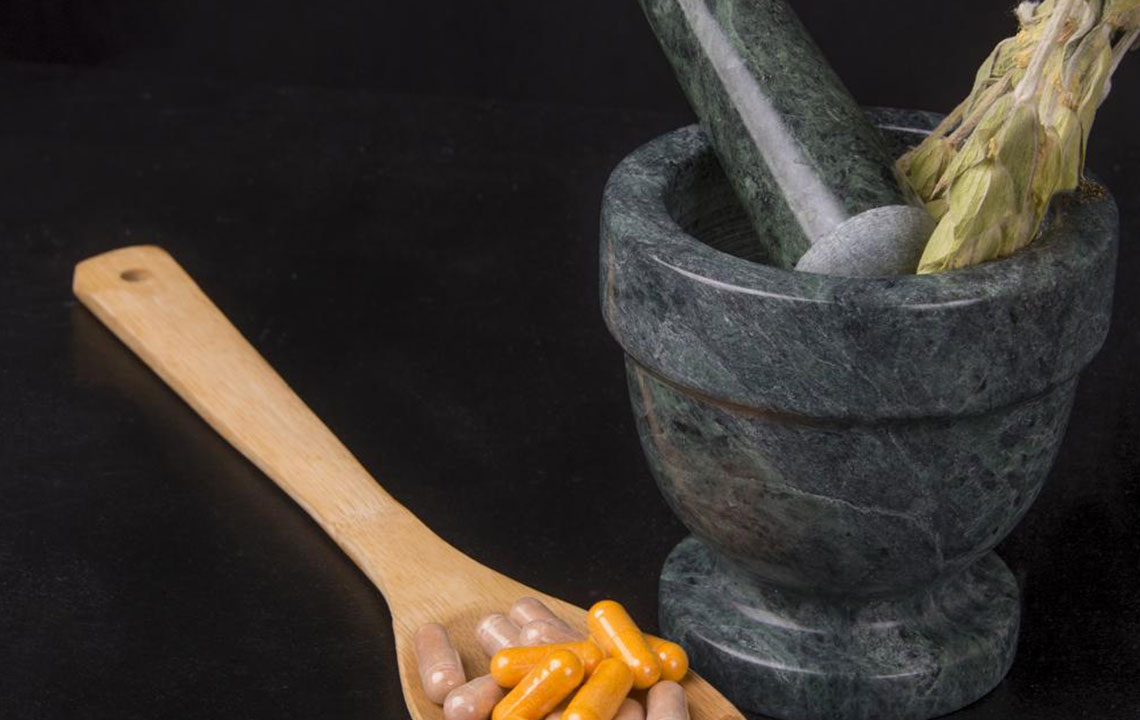Long-Term Home Strategies for Managing Spinal Narrowing
Learn effective long-term home remedies for managing spinal stenosis. From exercise and posture correction to natural pain relief, discover practical strategies to alleviate symptoms and improve spinal health notably without heavy reliance on medications. Tailored approaches like stretching, chiropractic care, and dietary adjustments can make a significant difference in your quality of life over time.

Long-Term Home Strategies for Managing Spinal Narrowing
As we age, our bodies become more prone to health issues. Despite efforts to stay healthy, aging can lead to problems like joint discomfort and back pain. One common condition affecting those over 50 is spinal stenosis, which involves narrowing of the spinal canal.
Understanding spinal stenosis
This condition occurs when the spinal canal, which houses nerves running through the back, becomes constricted. This pressure can cause severe pain, numbness, and nerve complications.
The narrowing compresses the spinal cord and nerves, leading to symptoms such as sciatica, foot weakness, loss of bladder control, and difficulty standing or walking. Causes include arthritis-related ligament thickening, disc herniation, injuries, tumors, and Paget’s disease.
Signs and Symptoms
Patients often experience pain radiating from the legs to the lower back and buttocks. Other indicators include foot dysfunction, urinary issues, and mobility challenges. While medical options exist, home remedies can be beneficial for managing symptoms long-term.
Home-Based Approaches for Relief
Consistent Exercise
Staying active is crucial, even when experiencing back pain. Regular physical activity, combining strength training and aerobic workouts, helps reduce inflammation and improve bone health. Building strength gradually enhances resilience against spinal issues.
Proper Posture
Maintaining correct posture helps prevent spinal stress. Sit upright with shoulders back, feet flat on the floor, knees bent slightly, and chin aligned. Good posture minimizes pressure on the spine, alleviating pain associated with stenosis.
Chiropractic Adjustments
Spinal manipulation therapy aims to correct misalignments and relieve nerve pressure. Chiropractors help improve posture and reduce symptoms without medication, offering a natural solution.
Stretching for Enhanced Flexibility
Regular stretching relaxes stiff muscles, increases mobility, and reduces injury risk. It is an effective way to manage symptoms and promote spinal health.
Physiotherapy
Guided exercises from a licensed physiotherapist can accelerate recovery. Tailored routines strengthen core muscles and improve posture, supporting spinal stability.
Natural Pain Relief Methods
Instead of relying solely on medication, techniques like hot and cold compresses and Epsom salt baths can help diminish inflammation and ease discomfort.
Anti-Inflammatory Eating
Incorporating anti-inflammatory foods such as leafy greens and healthy fats into your diet can reduce inflammation and support bone strength, contributing to long-term management.
Note:
The information shared here is educational and intended to offer practical tips for managing spinal stenosis. It should not replace professional medical advice. For personalized treatment, consult a healthcare provider. The site is not responsible for inaccuracies or omitted details from other sources.










